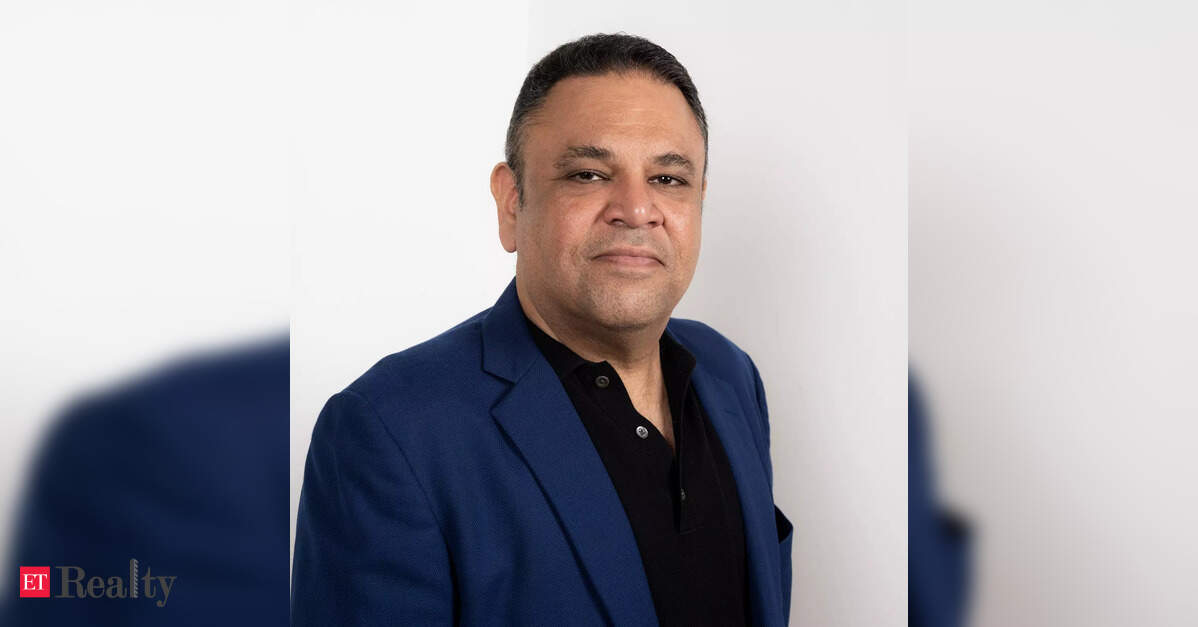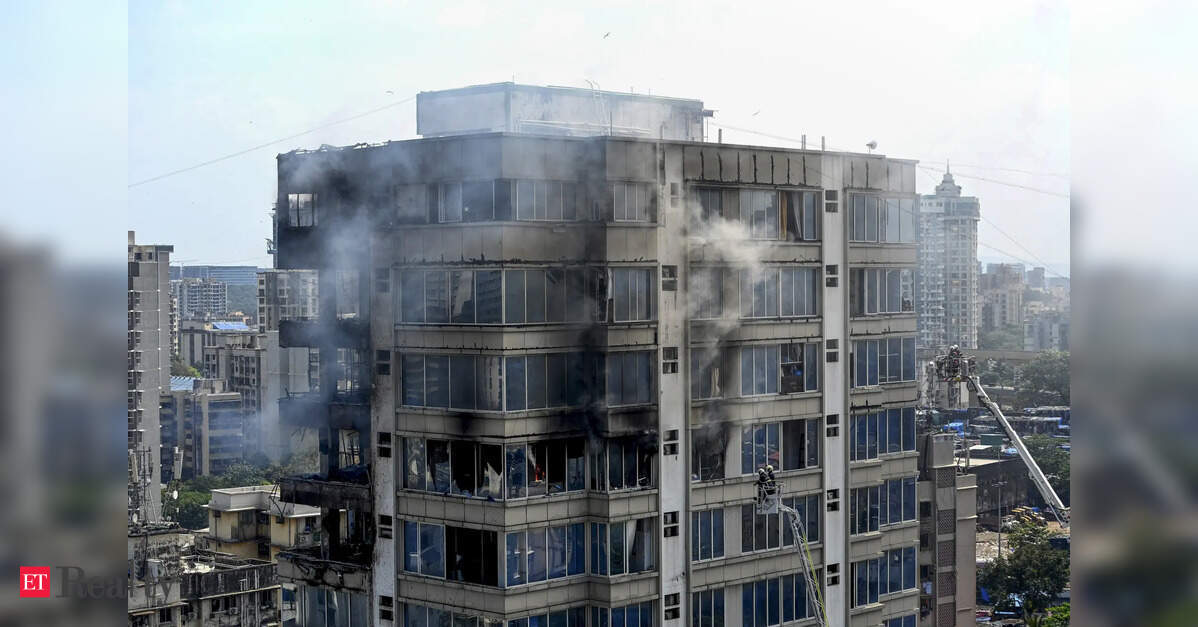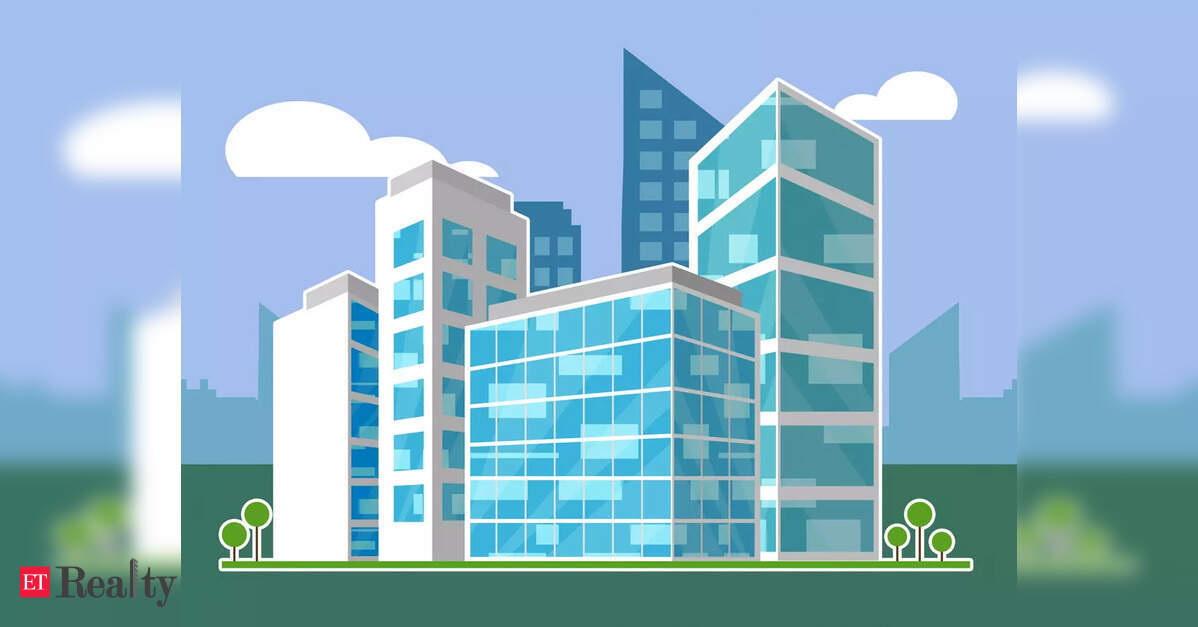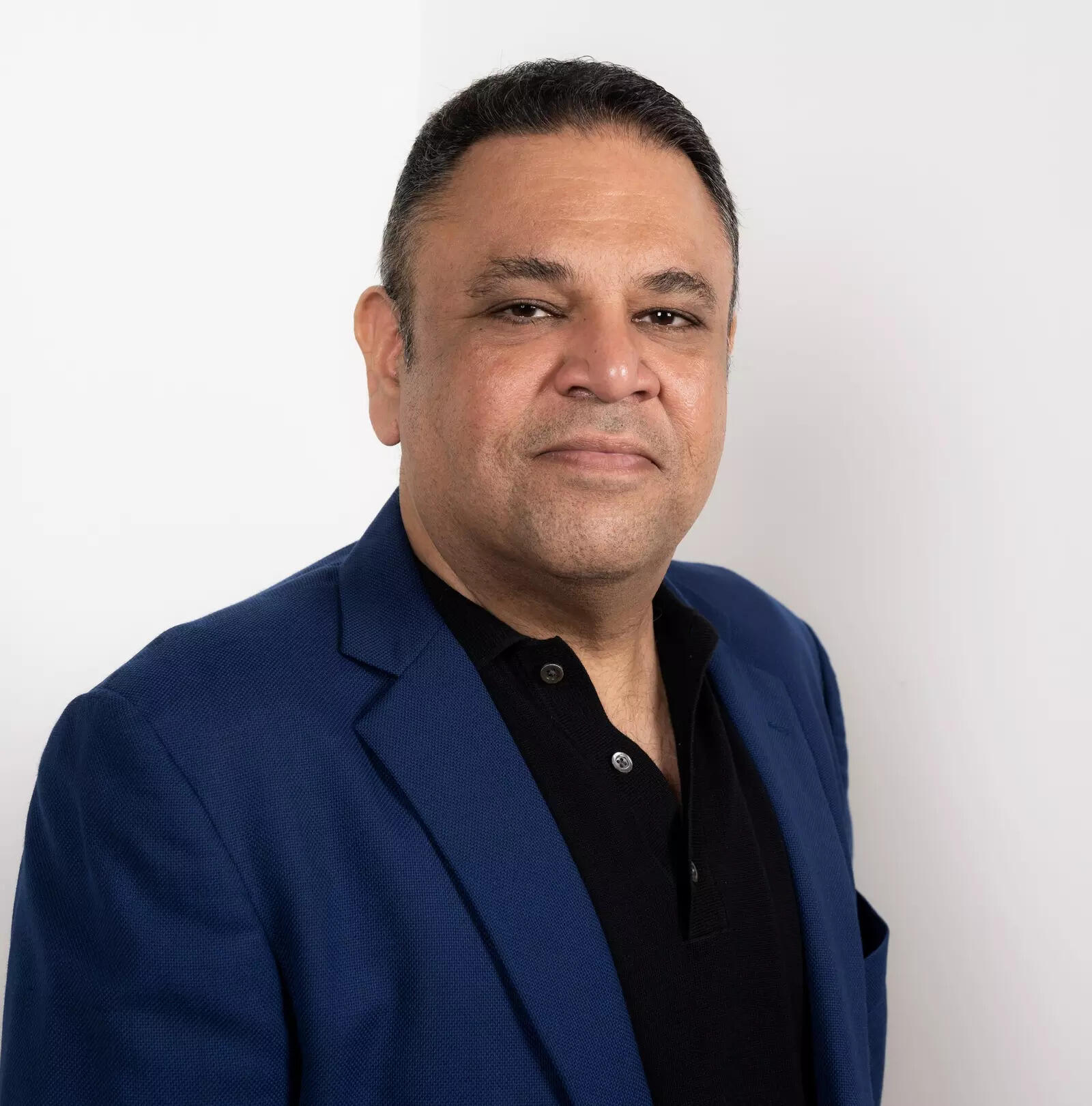
NEW DELHI: Awfis Space Solutions is set for significant growth in FY26, targeting a 30% increase in revenue, with aims to surpass ₹1,600 crore. The company anticipates adding about 40,000 new coworking seats in approximately 70 centers across India, leveraging its strategy of establishing medium-sized centers averaging 30,000 sq ft each.
Rent for their flagship offering ranges from ₹8,000 to ₹20,000 per seat per month, depending on the location and product tier.
Awfis boasts an impressive EBITDA margin guidance of 14%, with a strong return on capital employed (RoCE) of around 67%. The company maintains a nearly net-cash position with minimal debt and plans to diversify its revenue streams by expanding its non-core business areas such as design & build, IT services, furniture, and cafeteria management, aiming for a 40% contribution from these sectors in the next five years.
In an extensive conversation with ETRealty, Amit Ramani, Chairman & Managing Director of Awfis, discusses growth projections, profitability, center strategies, occupancy rates, churn, pricing, risk management, recent FM divestments, and expansion plans beyond metropolitan areas. Below are edited excerpts:
How did Q1 FY26 shape up, and what are your expectations for H1?
In Q1 FY26, we achieved revenue of about ₹335 crore and an EBITDA of ₹127 crore, marking a sequential increase of roughly seven percentage points. Year-on-year growth exceeded 40%. The positive trend from Q1 is continuing into Q2. We initially guided for 30% growth on a revenue target of ₹1,210 crore and around a 14% EBITDA margin for FY26, and we’re currently on track. The profit after tax for Q1 stood at ₹25 crore, and we anticipate this growth momentum will persist throughout the year.
What is the current number of operational centers, and what are the near-term expansion plans?
We currently operate 232 centers, and with those under fit-outs or letters of intent, the total exceeds 260. Last year, we added about 40,000 seats across nearly 70 new centers. We have set a similar target for FY26, aiming for another 40,000 seats, translating to around 70–75 additional centers.
What is Awfis’ strategy regarding center size?
Our ideal format is 30,000 sq ft per center. We may utilize multiple floors within the same building; operationally, they function as separate centers with distinct P&Ls. This size allows us to enhance network density, such as having approximately 35 centers in Mumbai to effectively service each established micro-market.
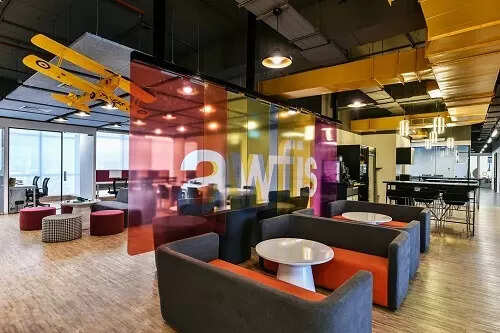
We also scale through managed aggregation (in partnership with landlords): they invest approximately 70–80% of the capital expenditure; once profitable, we share the upside. Aiming to raise ₹4–5 crore for a 30,000 sq ft center is more practical than ₹30+ crore for a 100,000 sq ft single plate.
We will selectively take larger opportunities in established micro-markets, such as an approximately 85,000 sq ft site in Aerocity (in collaboration with Prestige) set to open around March, and around 1.2 lakh sq ft in BKC with Prestige. However, these are not the norm.
How do you counter arguments favoring fewer, larger centers over many smaller ones?
At our scale, diversification is beneficial. No single center accounts for more than ~1% of our revenue. If external factors, like metro construction, affect a specific micro-market, our extensive network of ~70 centers absorbs the impact better than a strategy focused solely on five larger centers.
When we went public, we addressed challenging queries regarding the flex model. Today, demand remains strong, and our network density serves as a competitive advantage—offering mobility, day passes, and proximity to micro-markets is only feasible with such a setup.
Has being a public entity altered your growth strategy or investor pressures?
Not significantly. Investors recognize that our diversification mitigates risks. A 40,000-seat addition translates to about 2.2 million sq ft annually. No single center generates over 1% of our revenue, minimizing concentration risk, which appeals more to long-term investors than just scale.
How do you balance growth with profitability?
Our RoCE for FY26 hovers around 67%, one of the highest in India. We aim for an annual revenue growth of 25–30% while maintaining double-digit EBITDA margins. While adding 100,000 seats is feasible, it’s not preferable if it compromises occupancy or profitability. We plan to continue adding approximately 40,000 seats annually to strike this balance.
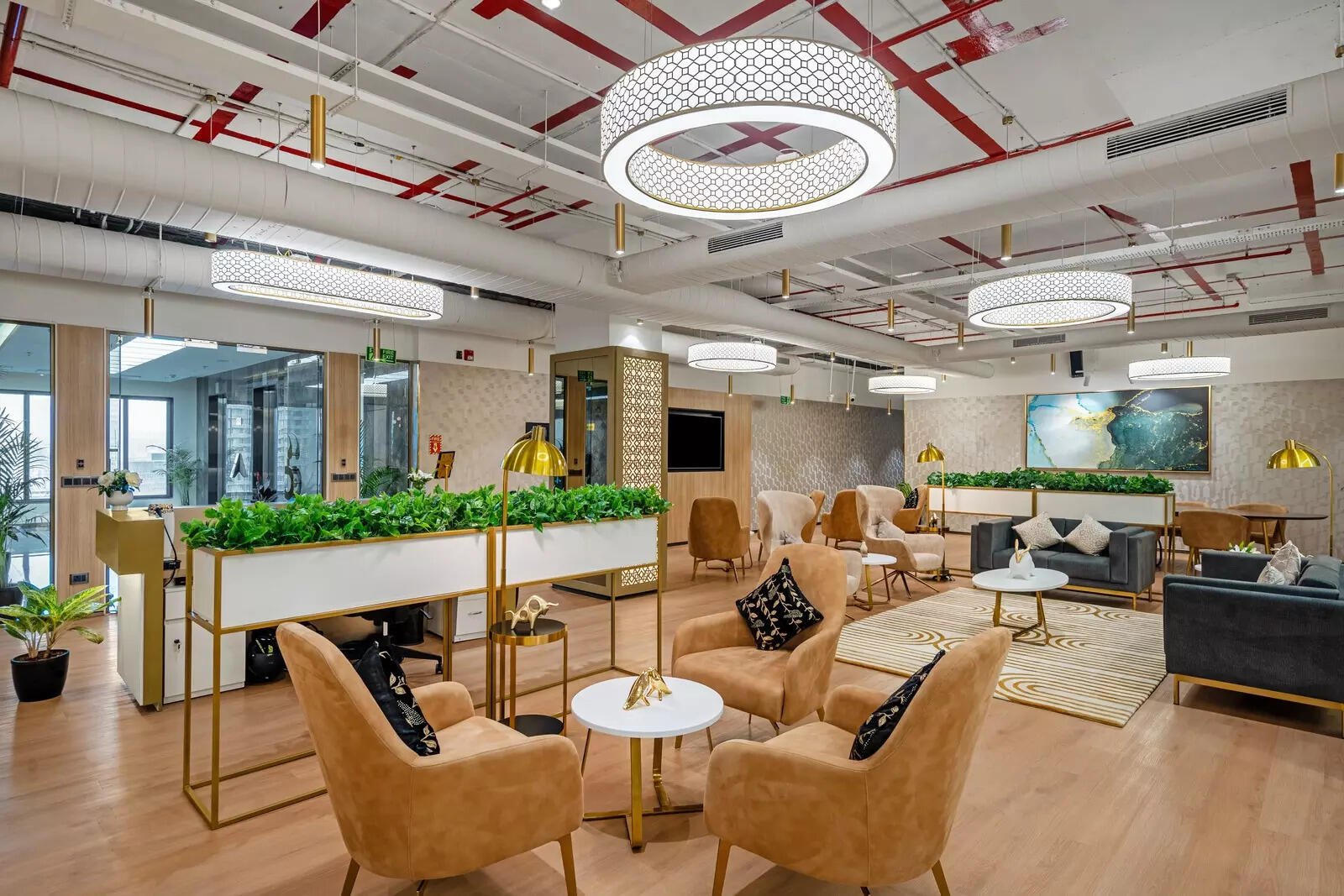
How have your workspace offerings evolved?
Currently, 90% of our portfolio consists of the flagship line, while 10% comprises Gold and Elite. Over time, we aim for an 85–15 split. For instance, our centers along Gurgaon’s Golf Course Extension Road price seats between ₹8,000 and ₹20,000 monthly based on variant.
What is the revenue distribution between coworking and managed spaces?
Approximately 70% of our portfolio is coworking, with 30–40% being speculative supply, while 70% is customized for clients occupying over 25 seats for more than a year. Managed offices account for around 30% of overall revenue. Nearly 67% of our footprint operates on a managed aggregation model, making our business asset-light and high-ROCE.
How has your client composition changed?
Currently, about 65% of our clients are large corporates, 25% are mid-sized firms or SMEs, and 10% are startups and freelancers. Following the pandemic, large corporates have shown a preference for distributed hubs, including smaller centers of 20 or 50 seats to support hybrid workplaces.
What is your presence in tier-II and smaller cities?
Currently, 89% of our portfolio is located in tier-I cities, with only 11% in tier-II. Tier-III cities remain unviable due to compliance and supply issues. However, cities like Jaipur, Indore, Lucknow, and Coimbatore are performing well.
What are your current occupancy rates and churn levels?
Our overall portfolio occupancy stands at 73%, rising to 84% for centers older than 12 months. Churn rates are between 1–1.2% monthly, equating to roughly 13% annually, which is favorable for the flexible workspace segment.
Some analysts have raised concerns about high revenue growth alongside increasing debt. How do you respond?
We are nearly debt-free, with just ₹20 crore against ₹1,200 crore in revenue and over ₹100 crore in cash reserves. This places us in a positive net-cash position. Our management efficiency is robust, consistently exceeding our EBITDA projections.
Despite strong performance, your share price has experienced fluctuations. Is this a concern?
Our focus is on managing the business, not the stock. We went public at ₹383 (initially ~₹415), reached a peak of around ₹942 within three months, and currently maintain a market capitalization between ₹4,100–4,200 crore. If we consistently deliver cash flows, ROCE, and profitability, the market will eventually recognize this.
You recently sold your facility management vertical. What was the reasoning behind this decision?
This business was initiated during COVID to safeguard jobs as vendors exited. While we grew it to 3,200 employees, we opted to divest after listing due to compliance complexities. It was sold to SMS (backed by Samara Capital) for approximately ₹26 crore, which has been reinvested into our core operations.
How significant are the new verticals such as design, furniture, and IT services for Awfis?
They are highly significant. Our Design & Build segment generated ₹258 crore in FY25 revenue, with a projected growth of 20%. This year, we anticipate exceeding ₹300 crore. Our in-house design team comprises over 100 professionals across India, the US, and Manila. Additionally, we’ve launched a modular furniture line, an IT services division (Awfis Tech Labs), partnered with ECOS Mobility for transportation solutions, and offer cafeteria management to third-party clients—all of these initiatives are capital-light, service-linked, and high-ROCE.
What do you anticipate for your revenue mix over the next five years?
Presently, 75% of our revenue originates from coworking and managed offices, with the remaining 25% from ancillary offerings. In five years, we project a shift to a 60-40 split, with the 40% solely derived from high-margin services such as design, furniture, tech, and food.
How does Awfis manage risk amid occupancy fluctuations?
We mitigate risks by selecting 30,000 sq ft centers, ensuring geographic demand distribution, maintaining a robust in-house sales team of over 80 members, and adhering to a 97-point due diligence checklist for new site assessments. I personally review each potential site before approval, ensuring none of our centers fall below minimum guarantee thresholds.
How often do you close underperforming centers?
Typically, we shut down 2–3 centers each year, primarily due to product evolution or size constraints. Locations below 20,000–30,000 sq ft, such as our former Lower Parel or Nelson Mandela Marg sites, have been phased out in favor of larger, standardized formats.
What is your annual capital expenditure?
We invest about ₹200 crore annually in coworking expansion. For new ventures like furniture, design, or IT services, capital expenditure is minimal—generally under ₹7 crore per year, as these businesses rely on variable, project-driven manpower costs.
What is your competition and market share in the flexible workspace market?
We hold around 11–12% of India’s flex office supply and our network spans 19 cities, making it five times larger than our nearest competitor. Our diversification across coworking, managed offices, design, and furniture propels us as the only consistently profitable coworking company globally.
What rent escalation structure do you employ with landlords and clients?
Typically, we enter into nine-year leases with a lock-in period of three to five years. Landlords expect a 15% increase every three years, whereas client rentals rise by 5-7% annually. These escalations are beneficial, with demand in micro-markets such as BKC, Cyber City, and Aerocity nearly doubling over the past year.
What are your client lock-in and average tenure metrics?
The average client lock-in period is about 24 months, while the average tenure is 33 months overall. For cohorts with more than 100 seats, average tenure increases to 44 months, illustrating strong client retention among enterprise clients.
